
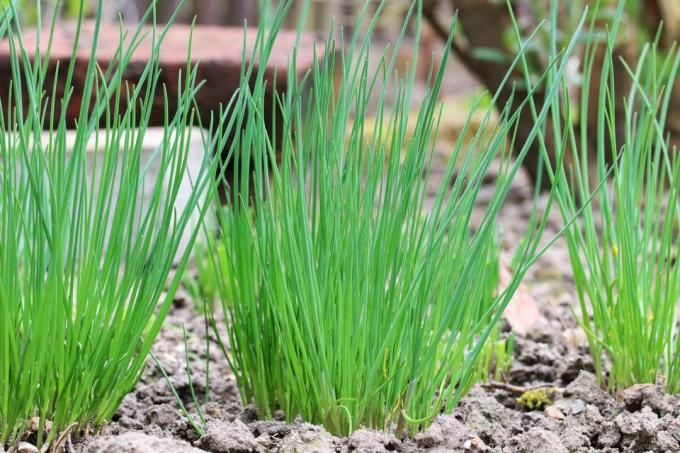
Table of contents
- Healthy plants through mixed cultivation
- Properties of chives
- Suitable plant neighbors for the chives
Chives give many dishes the right pep. But the dark green culms can do even more. In the garden, chives are considered the perfect plant for a mixed crop. We present 11 recommended plant neighbors.
Healthy plants through mixed cultivation
Certain plant communities come together in the wild. The different plants influence each other. This can have a positive, negative or neutral impact. Anyone who knows the effects of plants and puts together plant communities intelligently can look forward to healthy plants and a good harvest.
In the garden, however, beds are usually created. The plants do not grow together in a community, but separately and arranged in rank and file. This makes harvesting and maintenance easier. A positive influence and the optimal use of space are prevented in this way.
Advantages of a mixed culture
- optimal use of the space
- higher crop yield
- Protection against diseases and pests
- promoting pollination
- beneficial influence on soil quality
- Reduction of desiccation and erosion
- Reduction of weeds
- preservation of biodiversity
chives (Allium schoenoprasum) is a wonderful bed partner for ornamental and useful plants.
Properties of chives
- easy-care
- hardy
- repels snails, aphids and carrot flies
- helps against powdery mildew and downy mildew
- attracts bees, bumblebees and beneficial insects
Did you know,
that chives are also called rush leeks because of their similarity to rushes? In some regions it is called grass leek.
Suitable plant neighbors for the chives
apple trees(Malus domestica)

Underplant your apple trees with chives. The spice plant thrives well on the shady tree disc. During flowering, chives magically attract bees and other pollinating insects. This supports the pollination of the fruit trees. With apple trees, planting chives underneath helps against fungal diseases such as powdery mildew.
strawberries(fragaria)

Although sweet strawberries and spicy chives are rarely found together in dishes, they make perfect neighbors on the bed. Chives protect the strawberry plants from fungal attack. The dark green stalks protect strawberries from mildew infestation.
cucumbers(Cucumis sativus)
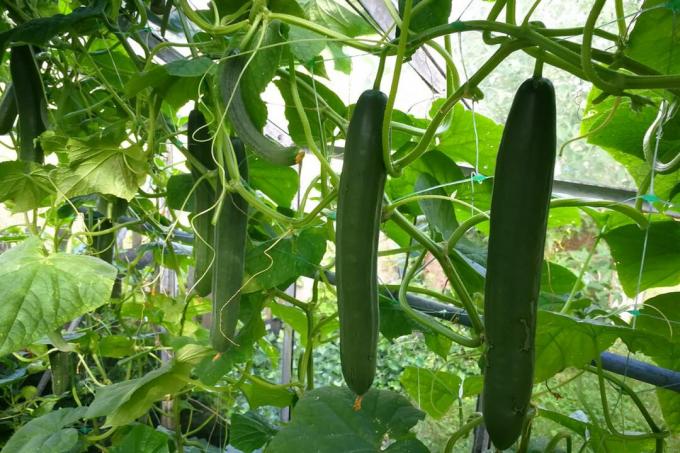
Chives and cucumbers make great bed neighbors. Cucumbers are often attacked by powdery mildew or downy mildew. Chives help ward off the dreaded fungal disease.
By the way,
Chervil and basil also help against powdery mildew on cucumbers and other crops.
Cherry trees(Prunus avium)
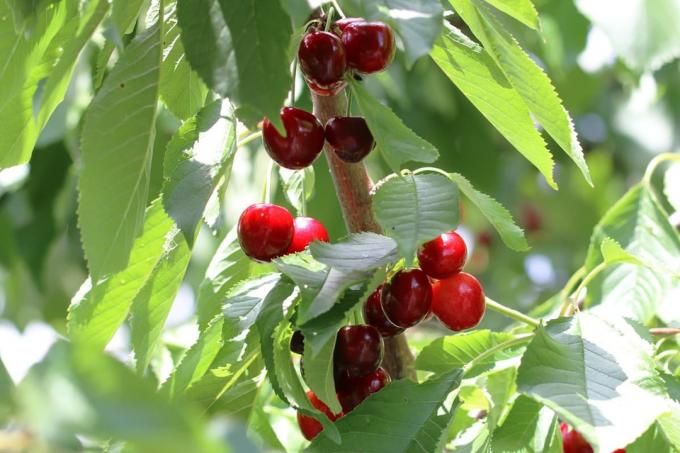
Place chives on the tree grate of your cherry trees and benefit from their attraction to bees and bumblebees. Choose early flowering chive varieties.
lettuce (Lactuca sativa)

Lettuce and chives are inseparable in fresh salads. The healthy plants complement each other on the bed. Chives effectively repel snails. Plant the edges of the bed with chives and enjoy the salad intact. Lettuce is one of the central roots, so the shallow-rooted chives do not compete for nutrients.
carrots(Daucus carota)
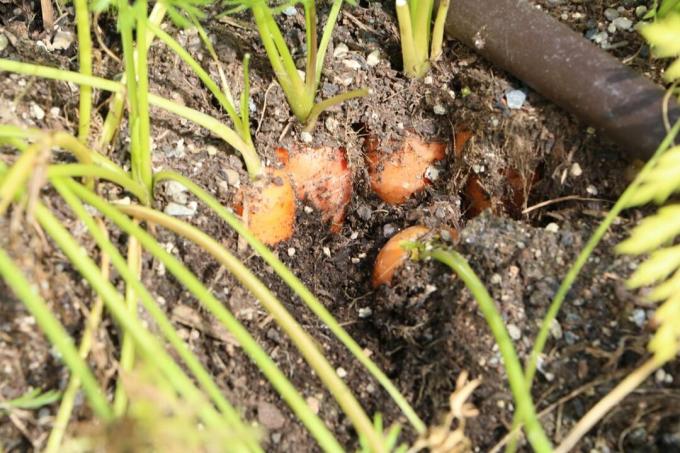
The shallow-rooted chives and deep-rooted carrots are the perfect neighbors in the bed. They do not compete for nutrients in the soil. Living together protects the carrots, because the strong smell of the leek drives away the carrot fly.
parsnips(Pastinaca sativa)
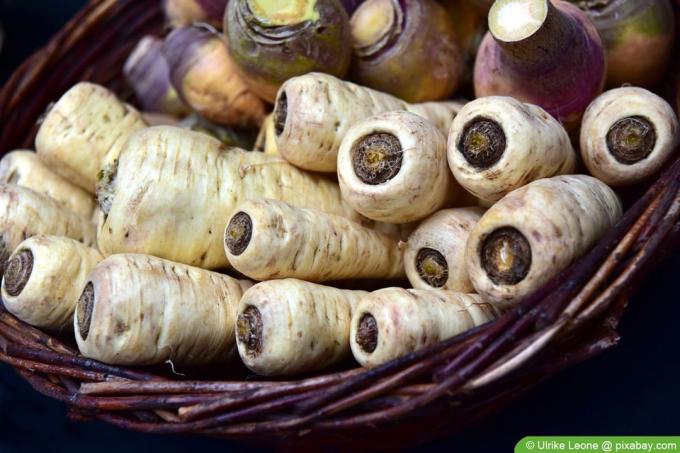
Parsnips were almost forgotten. The healthy winter vegetable has made it back into kitchens and onto restaurant menus. In the garden, the deep-rooted parsnips thrive in a mixed culture with shallow-rooted chives. Parsnips in monoculture often suffer from aphids or powdery mildew. A bed community with the odor-intensive chives can help against this.
roses(Pink)

At first glance, roses and chives make an odd pair. But the green leek protects the roses from the dreaded rust fungus. Combine the plants and enjoy unharmed, healthy roses.
rosemary(Rosmarinus officinalis)

Herbs often thrive better in mixed cultures than alone. Plant deep-rooted rosemary and shallow-rooted chives together. The spices strengthen each other.
tomatoes(Solanum lycopersicum)
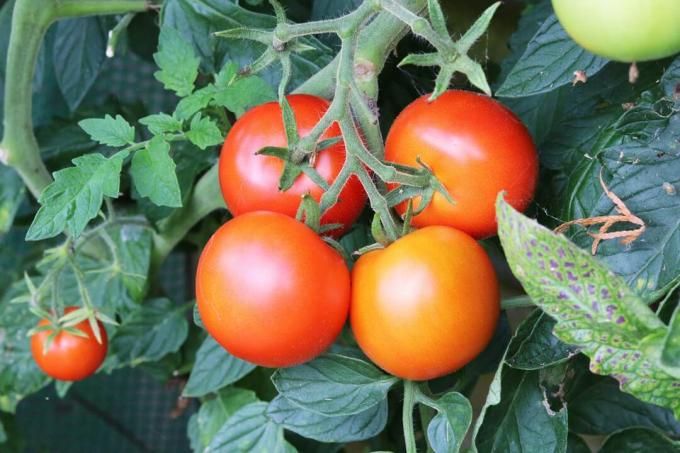
The favorite vegetable of the Germans benefits from a mixed culture with chives. The flowering leek is a real bee pasture. Flower-pollinating insects and beneficial insects such as ladybugs are magically attracted to the purple chive blossoms. At the same time, the herb protects the soil from drying out. Plant chives between the tomatoes and look forward to a good yield.
Wine(vitis)

Wine is a deep rooter. Chives, on the other hand, have shallow roots so there is no competition for nutrients in the soil. The green leeks help keep mildew away from vines.
By the way,
in agriculture, fields are protected from soil exhaustion by annually changing plantings. In the allotment garden, the mixed culture contributes to maintaining the soil quality.
 Home editorial office
Home editorial office
Learn more about growing herbs

Basil has black dots: what to do?
Especially basil bought in a pot from the supermarket tends to quickly develop black dots or spots on the leaves. This article explains why this is and what helps against it.

14 kitchen herbs that you can really keep in the kitchen
Sometimes a herb garden is only possible on the windowsill. If you don't have your own garden bed, for example, or in the months when the frost freezes the coveted greenery outside. Our list provides an overview of which herbs like the kitchen location permanently.

Parsley turns yellow: Four tips against yellow leaves
If the leaves of the parsley suddenly turn yellow, the so-called parsley disease is usually behind it. This can have many causes. If the outbreak of the disease is to be prevented, only prevention helps. More about this here.
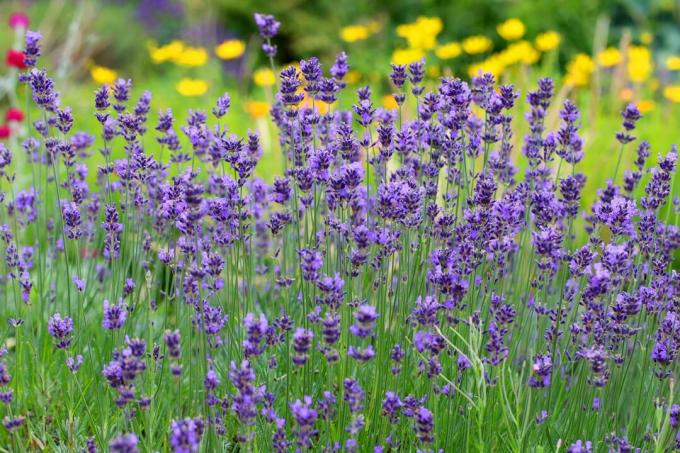
You can combine lavender with these 13 plants
Whether you use it in the kitchen, want to enjoy its fragrance or its beauty, lavender is a must in any garden. Well combined, it can strengthen other plants or protect them from pests. We present the best plant neighbors.

8 tips for cutting and harvesting herbs properly
Fresh herbs from the garden should not be missing in any kitchen. They are versatile, exude pleasant and spicy scents and are a treat for the eye with their pretty flowers. In the kitchen, they can easily replace artificial flavor enhancers.
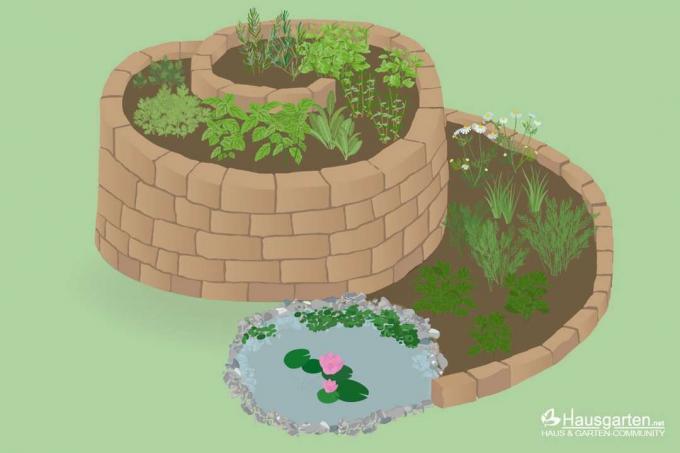
Herb spiral & herb snail: this is how it's done
A herb spiral or herb snail makes it possible to plant many different varieties in a particularly decorative way. However, this is not the only advantage of these variants of the culture. You can find out how to create them here.



